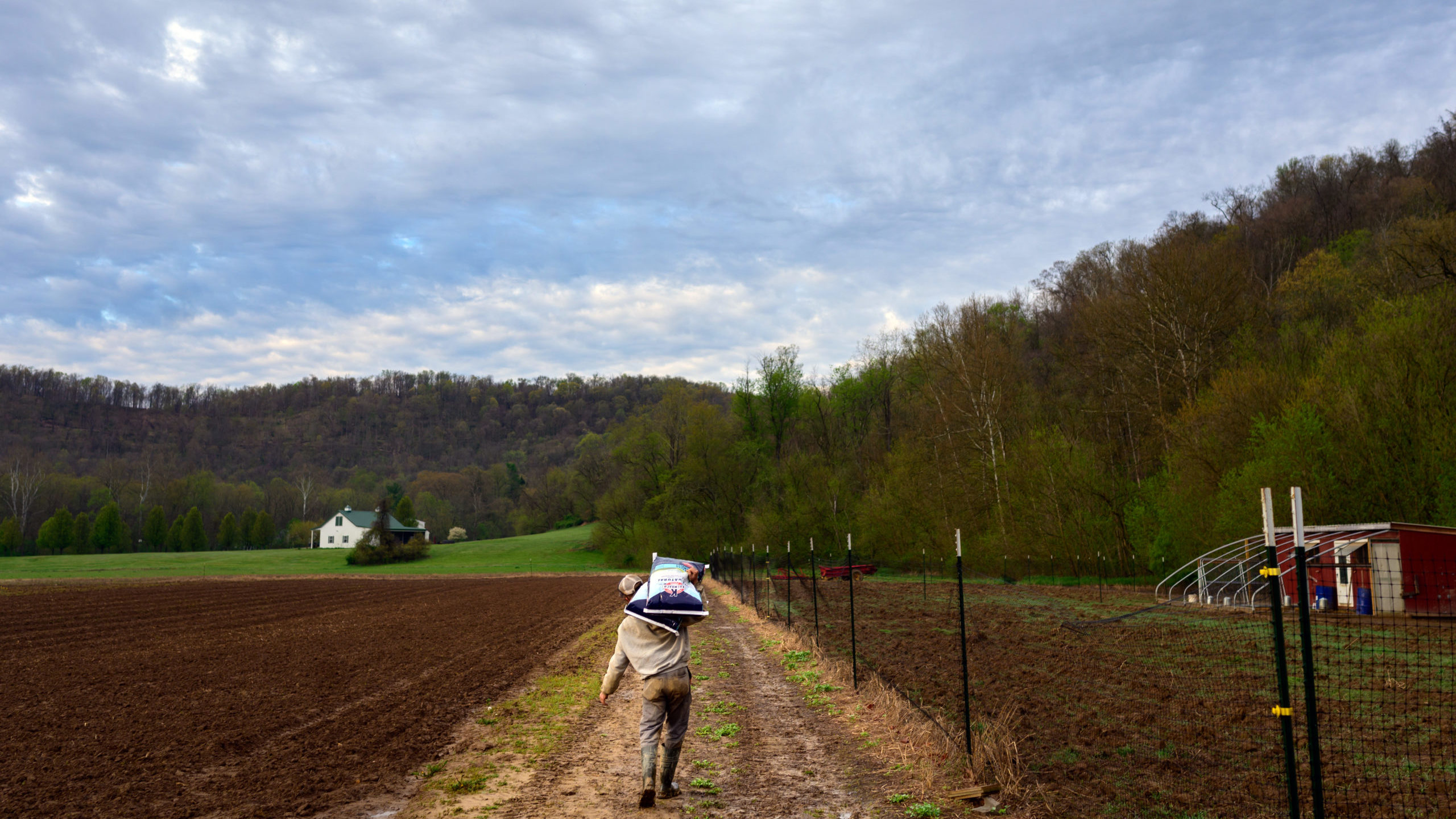Q&A: Appalachia, West Virginia
An interview with report editor Nina Chase.

An interview with report editor Nina Chase.
Read the report Appalachia Rising on communities in West Virginia.
When designers are asked to think about a community, the charge they are given is often focused on thinking about what new physical infrastructure or development is needed, or how specific buildings or spaces could be used. Based on your experience reporting on West Virginia, what do you think the usefulness or limitations are of using the lens of the built environment to think about overall community health and needs?
Our American Roundtable report asked the questions: “How can we build momentum for an alternative future that prioritizes the uniqueness and resilience of West Virginia’s people and places? What if our shared reverence for land is leveraged toward designing new relationships with the state’s natural resources instead of extracting them?” Instead of proposing new infrastructure or new buildings, we envisioned new relationships and systems to connect and elevate emerging ideas across the state. As designers, we saw these relationships and networks through the lens of the built environment. With a focus on the state’s landscape, the ideas were grounded in particular places and as precedents were useful starting points to question the state’s public health challenges, economies, and cultural futures.
What is the role of design—or of designers—in identifying and addressing the challenges of a community? What are its limits and opportunities? What is scalable? What needs collaboration?
As designers it is our role and responsibility to offer optimism for the future. We do this not only by designing physical projects but also by designing processes so communities can collectively define their futures. The process is the design project. The process of design and planning is a scalable tool by which we can facilitate conversations, listen, plan, phase, test, and ultimately build projects that address the challenges of communities.
If you could set the agenda, what needs to happen next to make West Virginia flourish in the years to come?
Across West Virginia, public and private land ownership is a complex three-dimensional puzzle. Out-of-state corporate interests control large percentages of the state’s land while mineral rights overlays dictate ownership of resources underground. If West Virginians want to shape their state’s future, conservation of public land needs to be prioritized and understanding of the layers of ownership needs to be untangled. Design professionals can be part of these conversations to strategically plan for future public space connections, networks, and projects.
As an editor, what did you learn about doing this type of work? How can you give voice to a community? What might design professionals learn from this project about working in communities not their own?
Our process for this report started by listening. In June 2020, we asked current and former West Virginians what they envisioned for the future of their state. We invited them to shape alternative narratives for West Virginia by writing letters to future family members who they imagined living in the state 100 years from today. As designers, we then translated these ideas into images depicting alternative futures. This process elevated West Virginians’ ideas and foregrounded their collective visions for their own state.
The views expressed here are those of the authors only and do not reflect the position of The Architectural League of New York.
